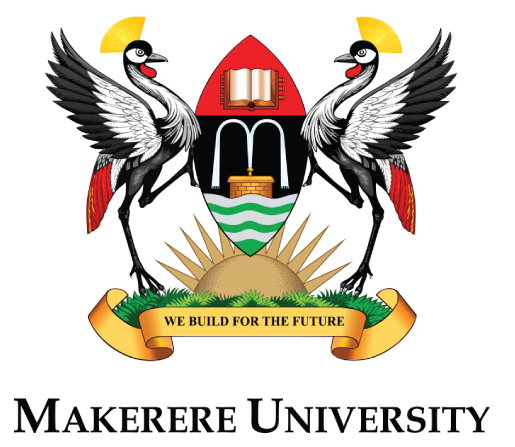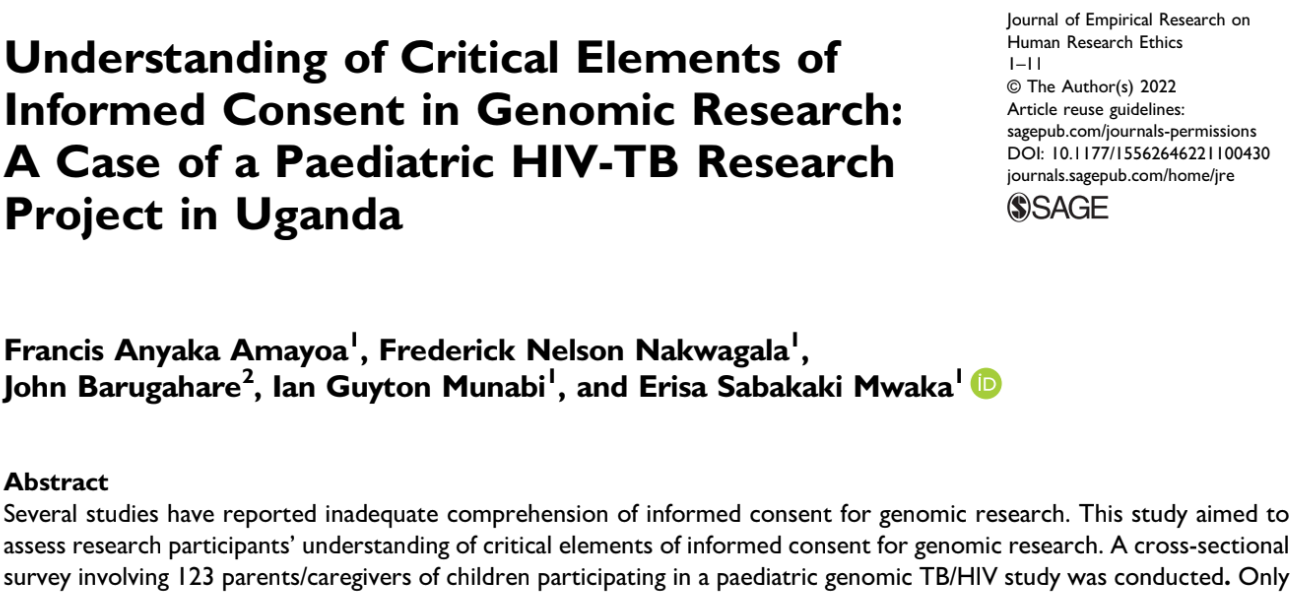- Published: 15
Oriba Dan Langoya, Adrian Mwota Nampogo and Andia Irene
Abstract
Background
Introduction: Tuberculosis (TB) continues to pose a signifi cant public health problem
worldwide. Tuberculous meningitis (TBM) is the most devastating form of extrapulmonary TB
however other forms of central nervous system (CNS) disease include tuberculoma and spinal
arachnoiditis. TBM carries high mortality even for a patient who is already receiving treatment.
The diffi culty in diagnosis often leads to a delay in treatment and subsequent mortality. The
emergence of Xpert ultra has improved the rapid detection of MTB and rifampicin resistance in
CSF and is the preferred diagnostic tool in TBM.
Case: In this case report we present a 33years patient of concern who presented with
progressive lower limb weakness associated with pain and paresthesia for 4 months, admitted
via the Orthopedic unit with a diagnosis of spinal mass (meningioma, neurofi broma, or nerve
sheath tumor) for which biopsy was done and revealed a chronic infl ammatory process, necrotic
bone lesions with no granulomas and no malignancy, he was later diagnosed with tuberculous
meningitis and promptly started anti-tuberculous therapy with a dramatic recovery and
improvement in neurological function.
Conclusion: Tuberculous meningitis conditions have high morbidity and mortality yet
diagnosis and start of treatment continue to experience an important delay. Clinicians should
keep in mind the limitations of clinical presentation due to pleiotropy and current diagnostics and
should employ a combination of diagnostic modalities in addition to a high index of suspicion to
prevent morbidity in patients with TBM.



